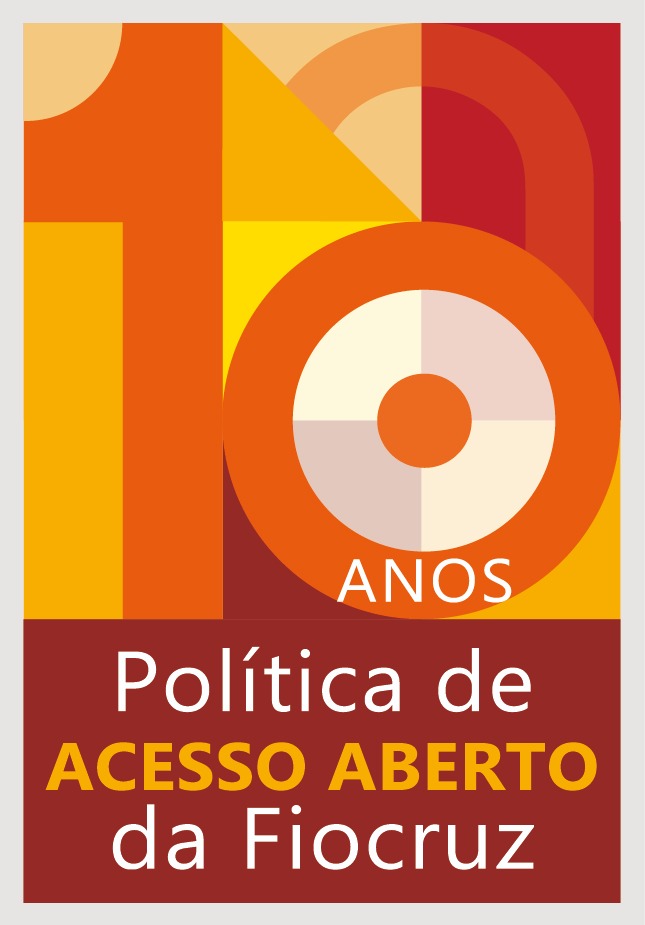With fake news, anti-vax discourse spreads in social media
11/09/2020
Cristiane Albuquerque (COC/Fiocruz)
The plots are astonishing. In the United States, a 14-year-old girl - still a virgin, the message highlights - supposedly became pregnant after having her flu shot. In another version of the story, the girls are Mexican and are between 11 and 17 years old. In this case, the culprit of the pregnancies is the HPV vaccine. With variations, false narratives such as these, absolutely devoid of scientific evidence, disseminate through social networks, supporting the anti-vax movement. However, a study that investigated posts on vaccines with highest number of interactions in social media shows the predominance of voices favorable to immunization. The results show that there is a mostly pro-vaccination disposition (87.6%) and a marked interest in subjects related to health, scientific development, and health policies. Fake news represented 13.5% of the links with higher levels of interaction, which, according to the researchers, is a worrying fact when it comes to disinformation regarding vaccines. “Fake news in health are currently an extremely serious problem, as they represent a disservice to the population”, evaluates researcher Luisa Massarini, of the Casa de Oswaldo Cruz (COC/Fiocruz), one of the authors of the study. “We must keep an eye on this type of content, because social media can be used to reverberate the voices of anti-vax movements”, she warns.

Published in August in the Reports of Public Health, the results were obtained from the analysis of the links that were shared, “liked” and commented the most on Facebook, Twitter, Pinterest, and Reddit, in the interval of one year starting in May 2018. Of the one hundred pages identified through a digital monitoring tool (BuzzSumo), 11 were offline when the analysis was made, which reduced the valid sample to 89 links.
Although data indicate a lower prevalence of fake news in posts with higher interaction over the period under analysis, Massarani warns that they may be present in a more widespread manner in social media, and are therefore worthy of attention. In addition, she adds, the problem of fake news seems to have become more intense with the COVID-19 pandemic, a phenomenon also observed in other ongoing studies.
“The anti-vax movement may be acting primarily in closed groups on Facebook and WhatsApp, and not in public spaces on Twitter and Facebook. This means it is necessary to orient further research that take into account these other media spaces”, ponders Massarini, who conducted the study together with Tatiane Leal and Igor Waltz. The three researchers are part of the National Institute for Public Communication in Science and Technology (INCT-CPCT).
Even among the links with a bias favorable to vaccines, the study identified the presence of fake news. While anti-vax fake news were supported by the argument of the “vaccine-related pregnancy”, pro-vaccination fake news brought matters related to society, science, and public health, such as the case of the article called Cuba produz vacina contra o câncer - Mais de 4 mil pessoas já foram curadas por ela! (Cuba profuces vaccine against cancer - It has already cured more than 4 thousand people!), published on the blog Papo Reto?. Although the headline mentions a “cure” for the disease, the text itself actually stated that the drug had made it possible to improve symptoms and to extend the life of patients.
Fact-checking: preoccupation with veracity generates interaction
Another evidence of the circulation of fake news in social media, according to the research, is the consequent presence of fact-checking contents debunking incorrect information. The analysis identified seven articles with this profile, published by press agencies, fact-checking websites, one institutional page, and a political commentary site. According to the authors of the study, this observation shows that concern with the veracity and correction of information is also a factor of engagement in social media.
“Understanding how these themes circulate and which ones generate more engagement by different audiences may help implement science communication initiatives that are more attractive and effective for the different sectors of society”, observes Luisa Massarani, current coordinator of the Post-Graduation Program of Communication in Science, Technology and Health of COC/Fiocruz and INCT-CPCT.
Vaccines prevent between 2 and 3 million deaths every year, according to the World Health Organization (WHO). In Brazil, according to the Ministry of Health (MS), all vaccines destined to children below 2 years old have been showing a drop in their coverage since 2011. 2018 figures show that vaccine coverage against polio, for instance, has dropped to 86.3%. Brazil had previously been considered free from measles, but it lost its certificate of measles erradication in 2019. One of the causes is the reduction of vaccine coverage by 20%, according to the MS.
Research institutes: low or null interaction rates
According to the study, 42.7% (38) of the links on vaccines that drew the attention of users were related to health and science subjects. In this category, the approach highlighted mainly papers for new vaccines, new uses for those already known, and the safety of these preparations. Another field with a significant presence was that of policies for health, with 28.1% (25 links), including debates on the promotion and expansion of vaccine coverage and the concerns involving vaccination goals.
In spite of the significant engagement of users when it comes to subjects related to scientific research for health, few interactions were attributed to science and health institutes, pointed the study. As for government agents of the science and technology areas, the result was even worse: pages of ministries, regulatory agencies, municipal and state secreatires, and research promotion entities were not identified as the links with most likes, comments or shares.
“Vaccines and the development of new immunization methods pique the interest of social media users, but academical and scientific institutions have a limited participation when it comes to defining the conversations with higher engagement rates”, says Massarani.
News vehicles generate more interaction about vaccines in social networks
The predominance of contents produced by news vehicles was another aspect observed in the study. The analyzed links showed the presence of a total of 63 vehicles on the web, of which 45 were classified as “professional”, that is, those with a clear and identifiable editorial policy, among other characteristics. Of these, more than half were press organs. Only three of the links collected pointed to sites of academical or scientific institutions: one of the medical area and two educational ones.
Massarani evaluates that the presence of research institutions in the vaccine debate in social networks can be expanded, although it is necessary to invest financial and human resources on quality initiatives that allow for high engagement. “Science and health agencies and government institutions should invest on initiatives in this context to increase interaction with the public, as they play a relevant role in this dialogue between science and society”, she highlights.




